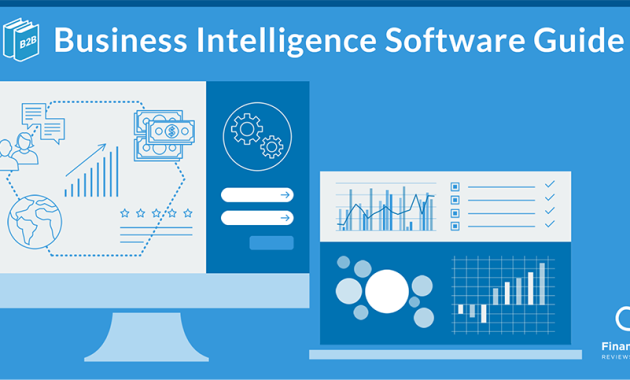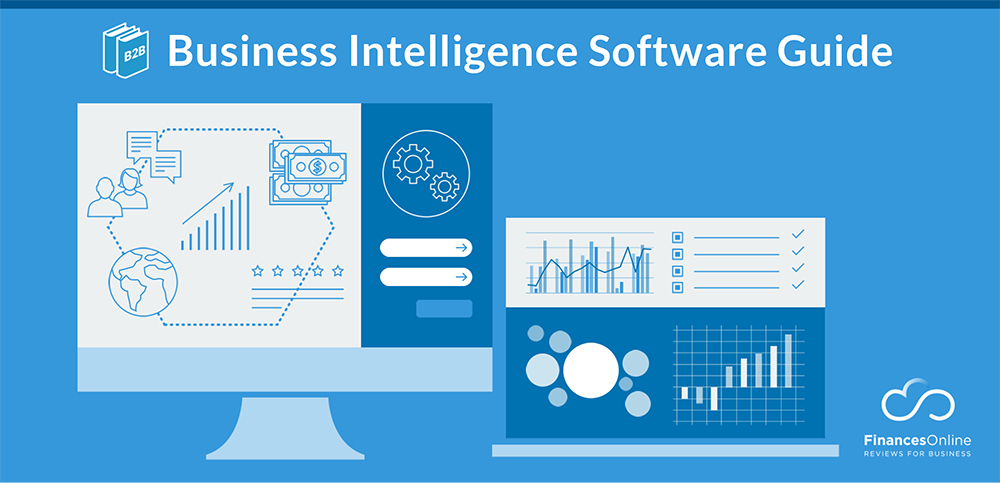
How Business Intelligence Software Improves Daily Decision Making: A Data-Driven Revolution
In today’s fast-paced business environment, the ability to make informed decisions quickly is paramount. The old methods of relying on gut feeling and intuition are increasingly being replaced by a data-driven approach. At the heart of this transformation lies business intelligence (BI) software. This article explores how business intelligence software improves daily decision making, transforming the way organizations operate and compete.
Understanding Business Intelligence Software
Business intelligence software encompasses a range of tools and applications designed to collect, analyze, and visualize data. This data can come from various sources, including sales figures, customer interactions, marketing campaigns, and operational processes. The software then processes this raw data, transforming it into actionable insights that inform strategic and tactical decisions. It’s not just about collecting data; it’s about understanding it.
The Core Benefits: How BI Software Powers Better Decisions
The advantages of implementing business intelligence software are numerous. These advantages translate directly into improved decision-making capabilities. The core benefits include:
- Enhanced Data Accessibility: BI software centralizes data from various sources, making it easily accessible to authorized users across the organization.
- Improved Data Analysis: Advanced analytical capabilities allow for deeper insights into trends, patterns, and anomalies.
- Real-Time Reporting and Dashboards: Dynamic dashboards provide up-to-the-minute views of key performance indicators (KPIs), enabling quick identification of issues and opportunities.
- Data Visualization: Complex data can be presented in easily understandable formats, such as charts and graphs, facilitating better comprehension.
- Increased Efficiency: Automated reporting and analysis reduce the time spent on manual data processing, freeing up resources for more strategic tasks.
The Impact on Daily Decision Making
The implementation of business intelligence software directly impacts daily decision-making processes. Here’s how:
Strategic Planning and Forecasting
BI software allows organizations to forecast future trends and make informed strategic decisions. For example, by analyzing historical sales data, companies can predict future demand, optimize inventory levels, and identify new market opportunities. This proactive approach minimizes risks and maximizes profitability. Accurate forecasting leads to better resource allocation.
Operational Efficiency and Optimization
By monitoring operational data, business intelligence software helps identify inefficiencies and bottlenecks. This allows businesses to streamline processes, reduce costs, and improve overall operational efficiency. For instance, a manufacturing company can use BI to analyze production data and identify areas where downtime can be minimized. Efficiency improvements boost the bottom line.
Performance Monitoring and Evaluation
BI software provides real-time insights into performance metrics. This enables organizations to track progress against goals, identify areas for improvement, and evaluate the effectiveness of various initiatives. Dashboards and reports offer quick snapshots of performance. This helps managers to stay on top of important metrics.
Customer Relationship Management (CRM) and Customer Insights
Business intelligence software can integrate with CRM systems to provide a 360-degree view of customers. This enables businesses to understand customer behavior, personalize marketing efforts, and improve customer satisfaction. By analyzing customer data, companies can identify patterns and preferences. Better CRM leads to higher customer retention.
Risk Management and Compliance
BI software can be used to monitor and analyze data for potential risks and compliance issues. This allows organizations to take proactive measures to mitigate risks and ensure compliance with regulations. Data-driven insights enable better risk management. This helps to protect the organization’s reputation.
Real-World Examples of Improved Decision Making
Numerous organizations across various industries have successfully leveraged business intelligence software to enhance their decision-making processes. Several examples illustrate the power of this technology:
- Retail: A retail chain used BI to analyze sales data and optimize store layouts, resulting in increased sales and improved customer experience.
- Healthcare: Hospitals use BI to analyze patient data, improve operational efficiency, and enhance patient care.
- Manufacturing: Manufacturers use BI to monitor production processes, identify bottlenecks, and optimize resource allocation.
- Finance: Financial institutions use BI to detect fraud, manage risk, and improve customer service.
Key Features to Look for in Business Intelligence Software
When selecting business intelligence software, several key features are crucial for maximizing its effectiveness:
- Data Integration Capabilities: The software should be able to integrate with various data sources, including databases, spreadsheets, and cloud-based applications.
- Data Visualization Tools: Robust visualization tools are essential for presenting data in an easily understandable format.
- Reporting and Dashboarding: The ability to create custom reports and dashboards is critical for monitoring performance and tracking KPIs.
- Advanced Analytics: Features like predictive analytics and data mining enable deeper insights and better forecasting.
- User-Friendly Interface: The software should have an intuitive and easy-to-use interface to ensure that all users can access and understand the data.
Challenges and Considerations
While the benefits of business intelligence software are significant, there are also challenges to consider:
- Data Quality: The accuracy of the insights depends on the quality of the data. Organizations must ensure that their data is clean, accurate, and reliable.
- Implementation Costs: Implementing BI software can involve significant upfront costs, including software licenses, hardware, and training.
- Training and Adoption: Users need to be trained on how to use the software effectively. Resistance to change can hinder adoption.
- Data Security: Protecting sensitive data is crucial. Organizations must implement appropriate security measures to prevent data breaches.
The Future of Business Intelligence
The future of business intelligence software is bright, with ongoing advancements in technology. Key trends include:
- Artificial Intelligence (AI) and Machine Learning (ML): AI and ML are being integrated into BI software to automate data analysis, provide predictive insights, and personalize user experiences.
- Cloud-Based BI: Cloud-based BI solutions are becoming increasingly popular due to their scalability, flexibility, and cost-effectiveness.
- Self-Service BI: Self-service BI tools empower business users to analyze data without relying on IT departments.
- Mobile BI: Mobile BI allows users to access data and insights on the go.
These advancements will further enhance the ability of business intelligence software to improve daily decision making.
Conclusion: Embracing a Data-Driven Future
Business intelligence software is no longer a luxury; it is a necessity for organizations striving to compete in today’s data-driven world. By providing access to accurate, timely, and actionable insights, BI software empowers businesses to make better decisions, optimize operations, and drive growth. Embracing BI is embracing a future where data is the driving force behind success. Investing in business intelligence software is an investment in the future.
[See also: Related Article Titles]

